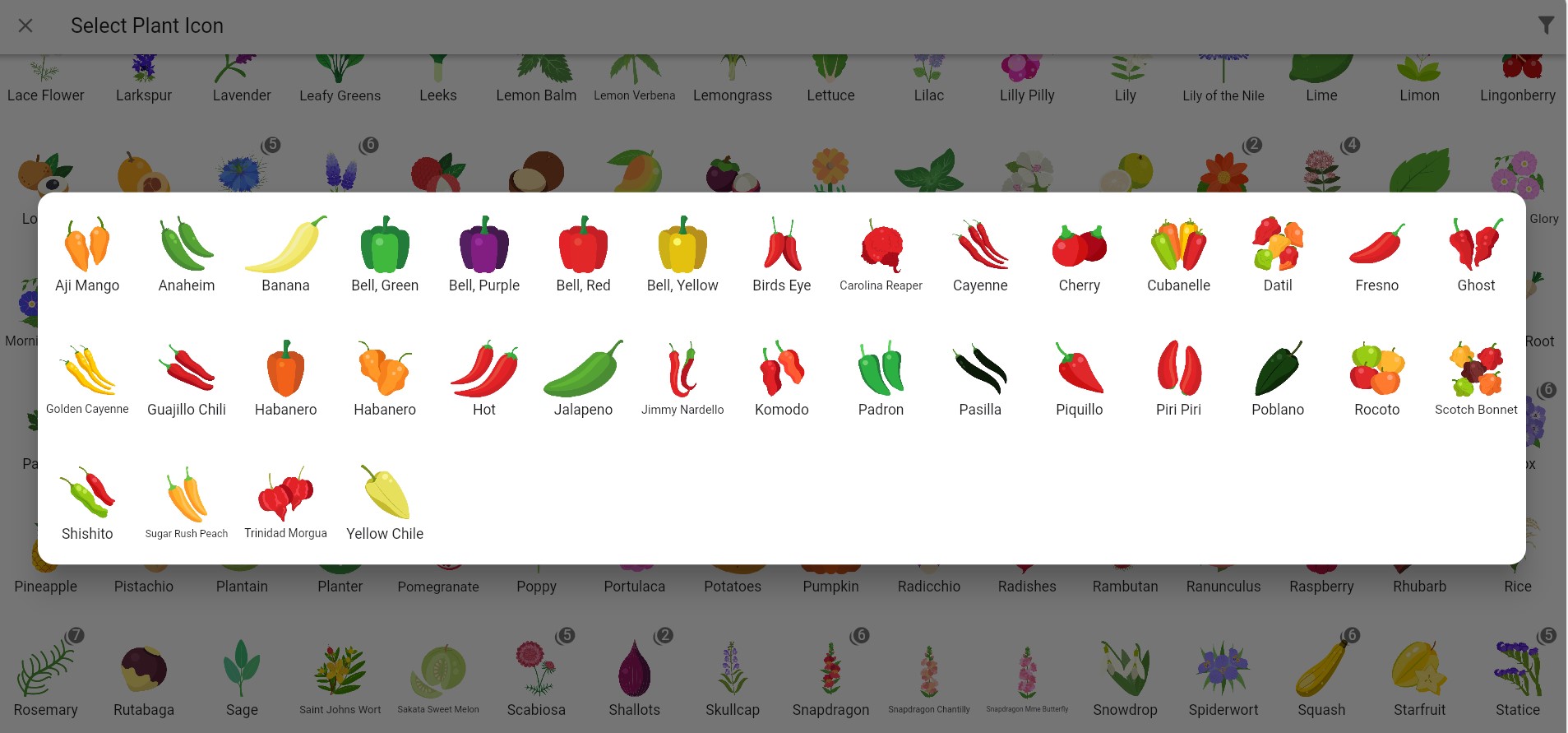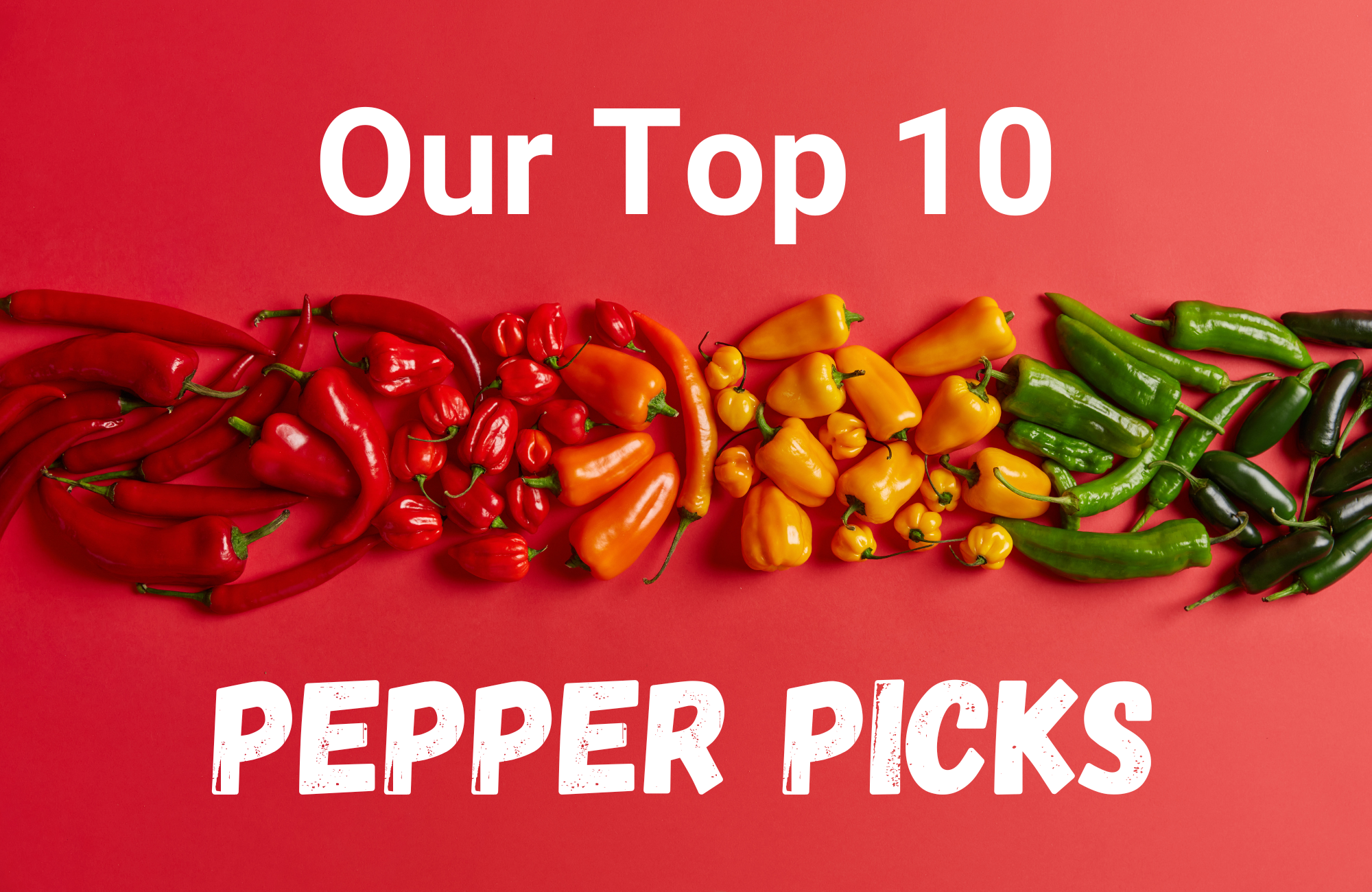As you’re planning your garden in Planter, you’ve likely included some pepper plants in the mix. While many gardeners opt to grow the classic bells, there’s a plethora of pepper options available that might be more productive and even easier to grow! On top of that, experimenting with different pepper varieties - spicy or mild - opens up more culinary possibilities. So as you’re thinking about which peppers to grow this year, we hope you’ll take inspiration from our Top 10 Pepper Picks to add some new pepper varieties to your garden!
Jalapeño
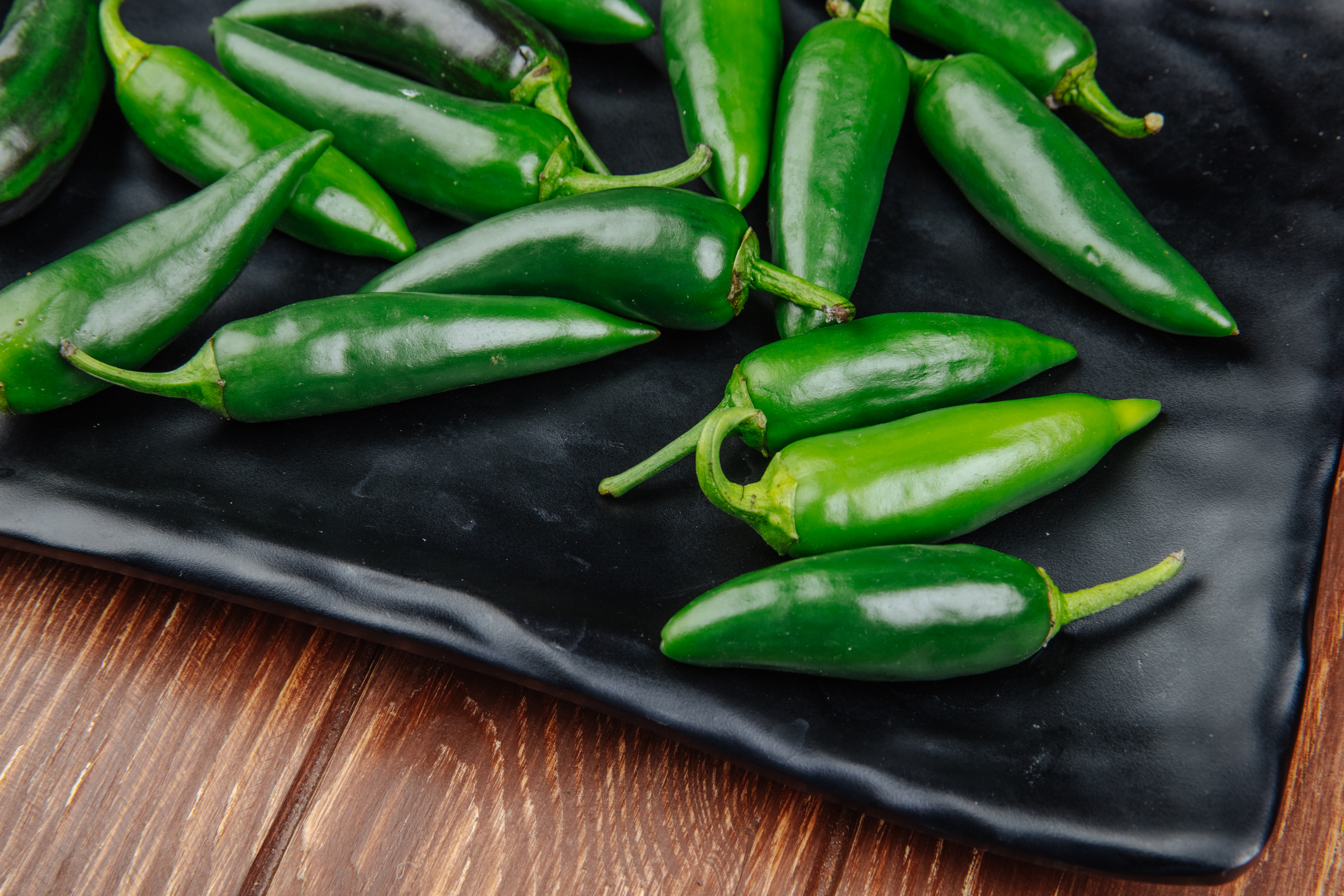
Recommended by Erin
Jalapeños are a classic pepper pick, but for good reason! They are versatile in the kitchen- adding a spicy kick to Mexican-style dishes- and the plants are super-easy to grow and *extremely* prolific! Just a few plants should provide you with plenty of peppers. And if you find yourself overrun with pepper harvests, no sweat- jalapeños are delicious when pickled and can also be pre-chopped and frozen. I’ve had good luck growing the Jedi cultivar from Johnny’s but there are many good seed options out there!
Lunchbox
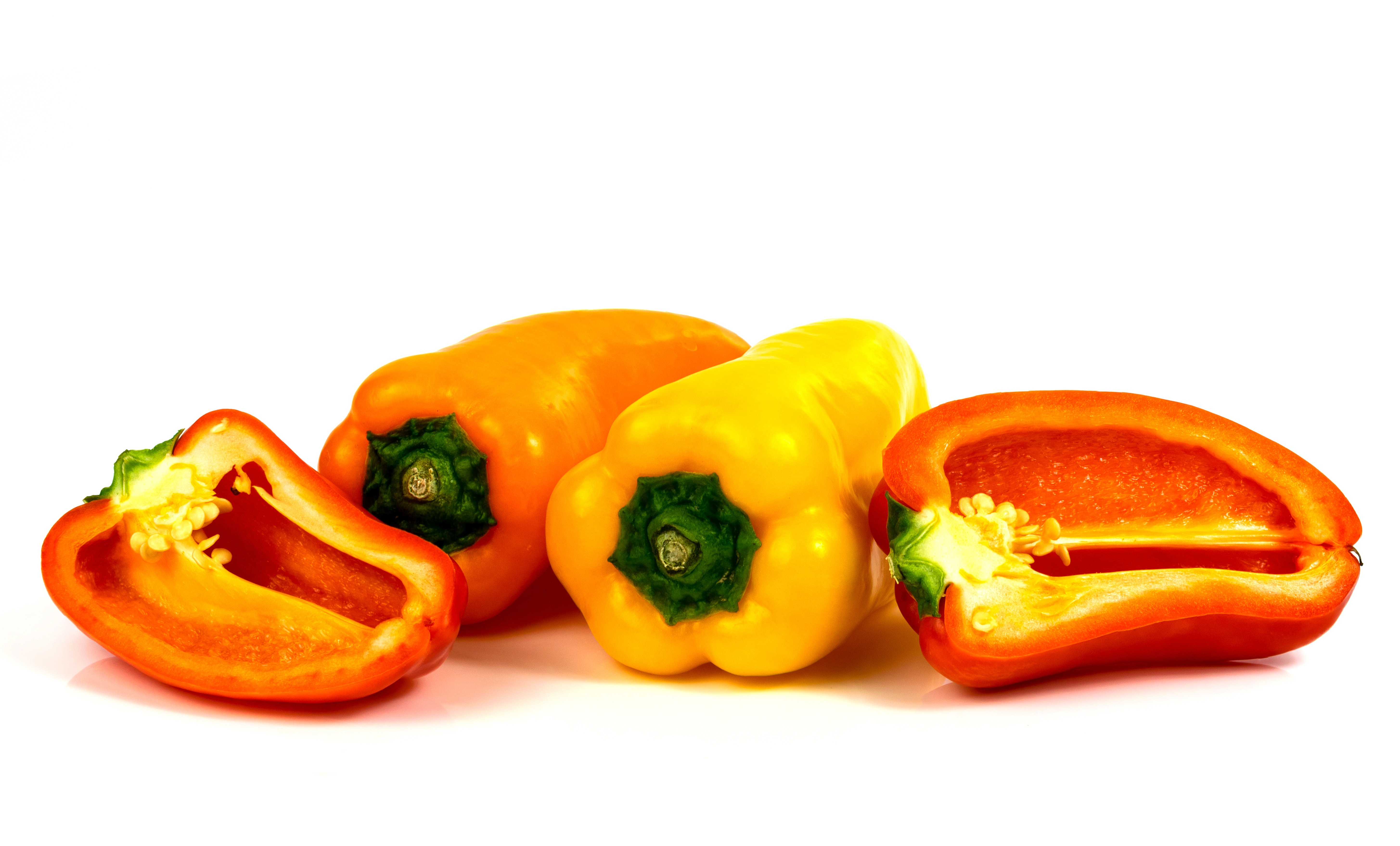
Recommended by Erin
You might not have come across lunchbox peppers in the grocery store before but once you taste them you’ll be hooked! These tiny little sweet peppers are perfect for fresh snacking and veggie trays, although they can be cooked as well. The compact plants will be packed with oodles of peppers- so you’ll have plenty to eat in the garden harvest. While the green lunchbox peppers are edible, it’s worthwhile to leave them ripen fully to red, orange, and yellow for the best sweet flavor. Johnny’s does note- and we can confirm- that the red ones will be noticeably smaller than their yellow and orange counterparts (although all are equally delicious!)
Shishito
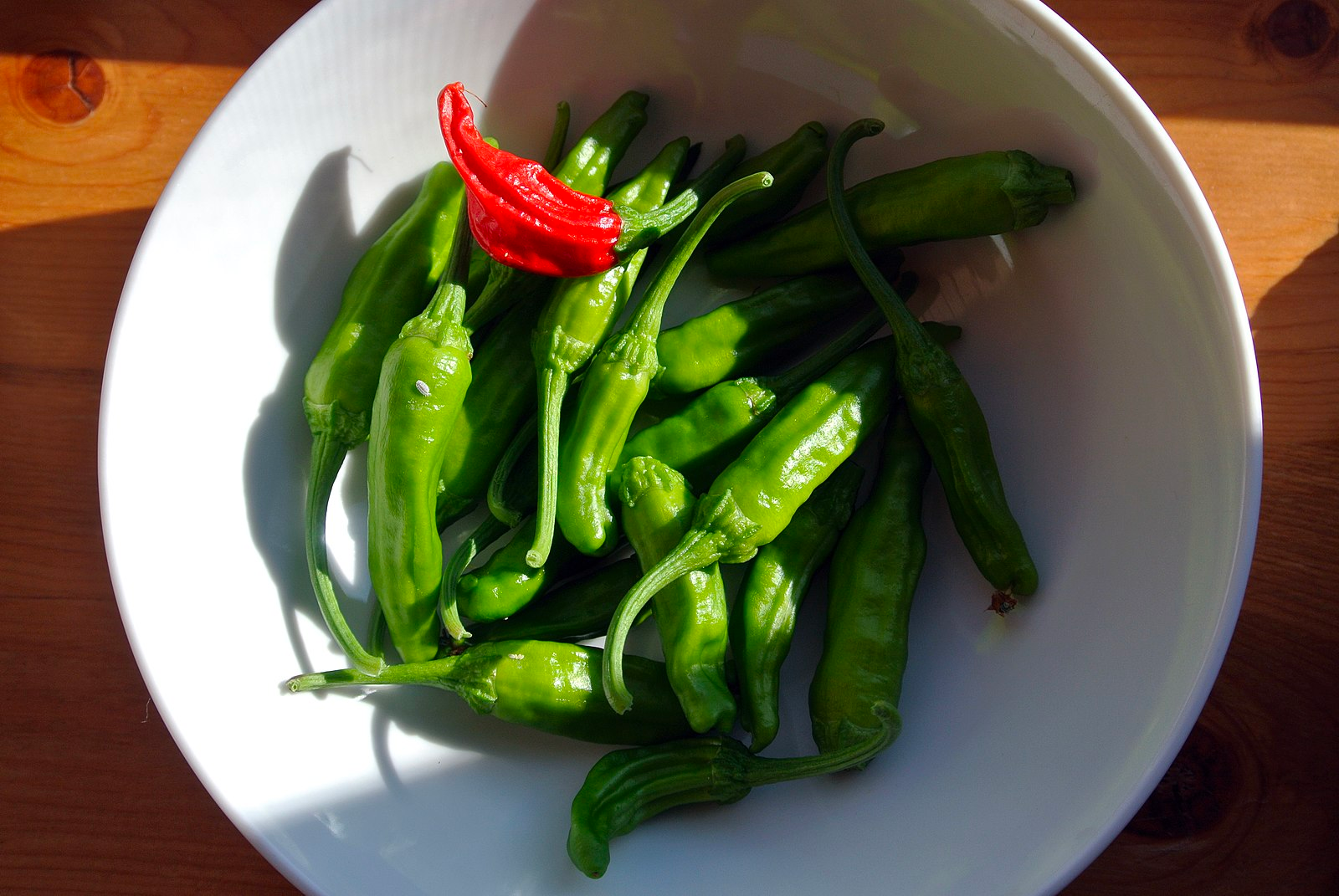
Recommended by Peter
If you like to live on the wild side, these peppers are for you; they are the Russian roulette of peppers. Nine out of ten are perfectly mild, then BAM, you’re hit with spice. I didn’t know this when I first grew them and only found out after offering some to my partner, who does not like spicy food. What are the chances that the one she ate would be the spicy one 😅! These peppers are delicious snacking peppers or are great grilled. When I grew them in 2021, they were extremely abundant and although very delicious, I couldn’t keep up. One or two plants should yield plenty for the average family.
Habanada
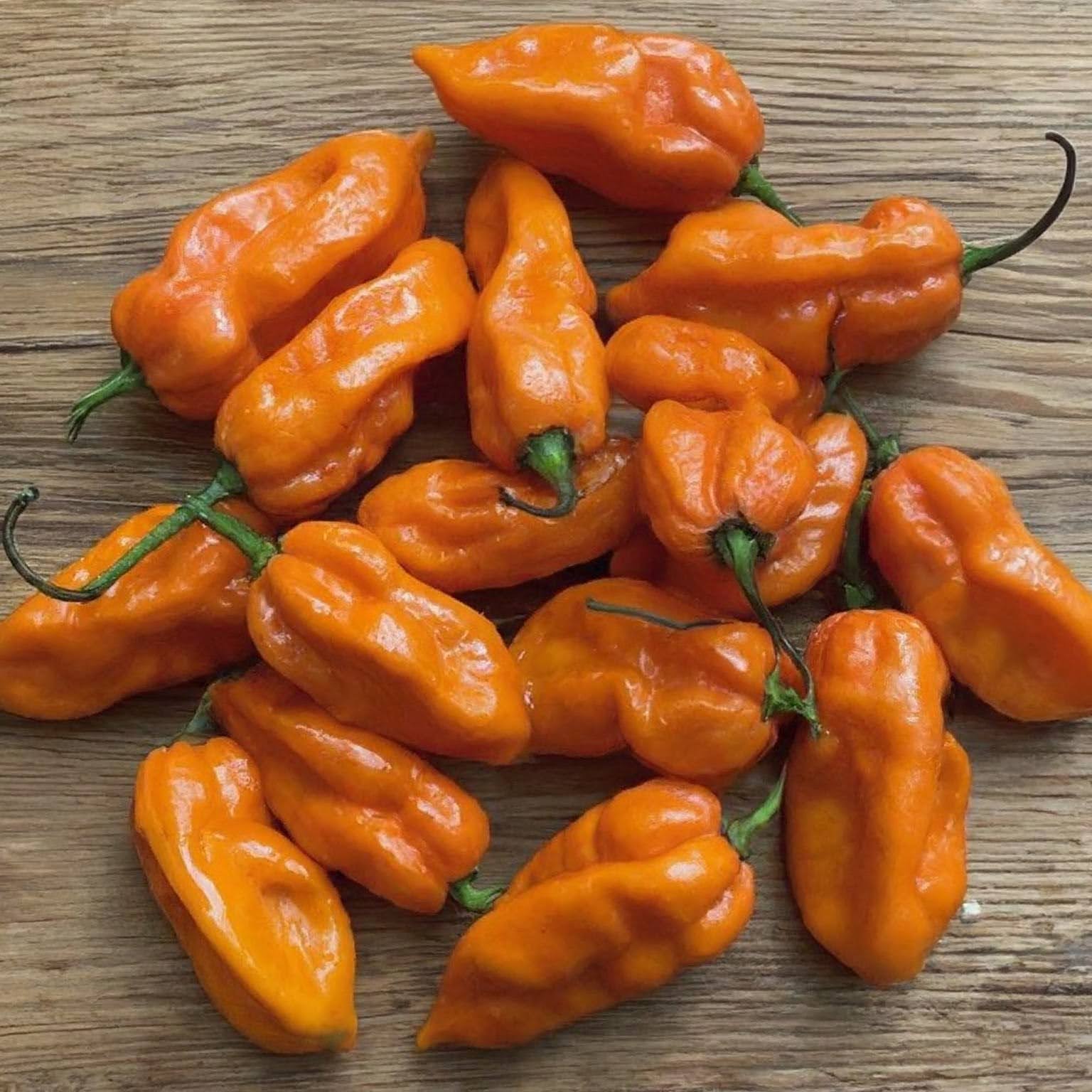
Recommended by Peter
Do you love the flavor of habanero peppers but can’t take the spice? Try growing habanada peppers, which supposedly offer the delicious flavor of habanero peppers without the zing. I’m growing these for the first time this year and will report back if they live up to the hype!
Corno di toro
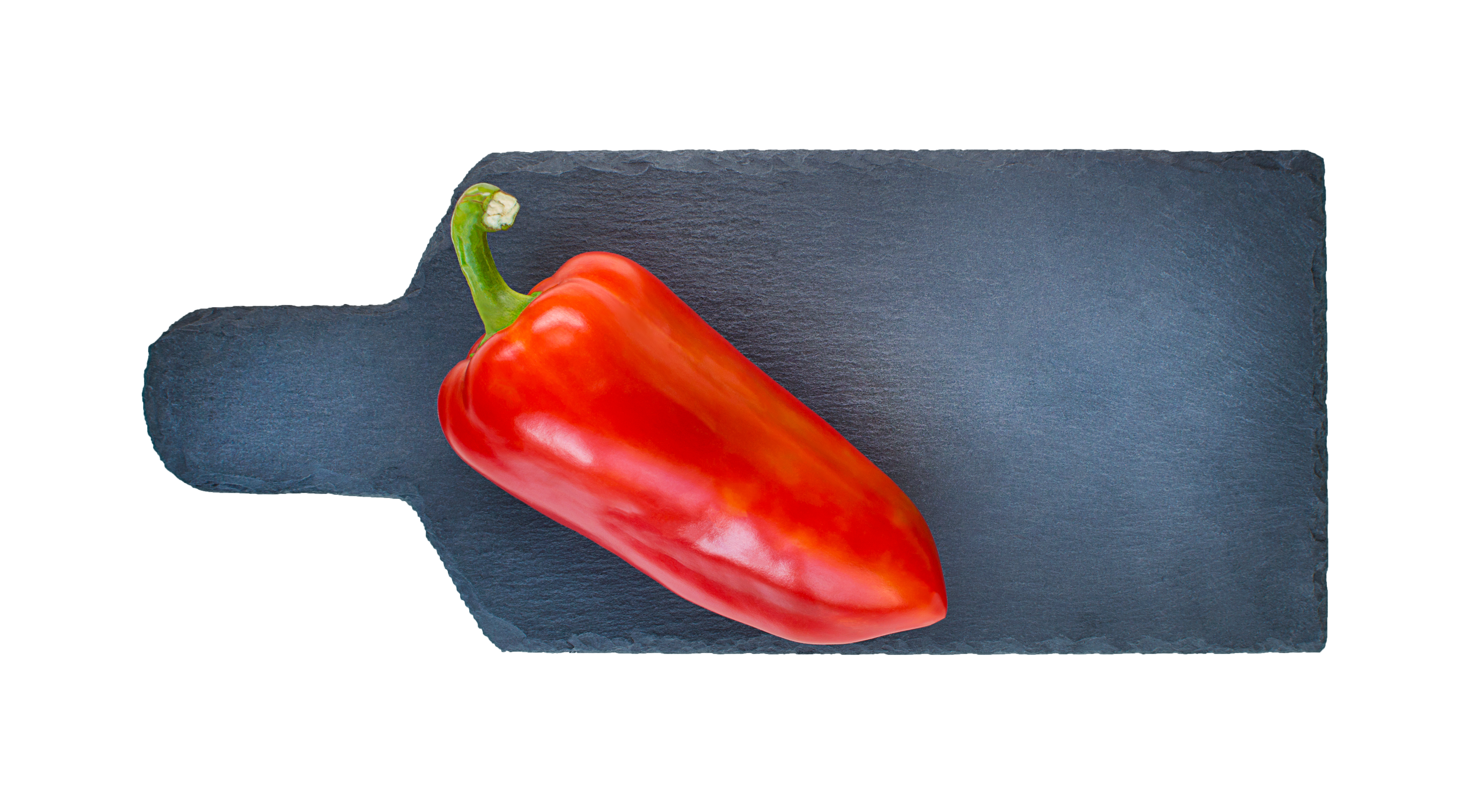
Recommended by Erin
Corno di toro peppers, also known as ‘cowhorn’ peppers, are sweet peppers with a pointed, horn-like shape. Their sweet flavor is similar to a bell pepper but unique in it’s own right- perhaps more concentrated. They can be more productive than bell peppers and produce well in cooler climates. They have study skins - although not so tough that you need to take them off - that make them perfect for grilling and stuffing. They can also be eaten fresh and in salads like a bell pepper.
Cayenne
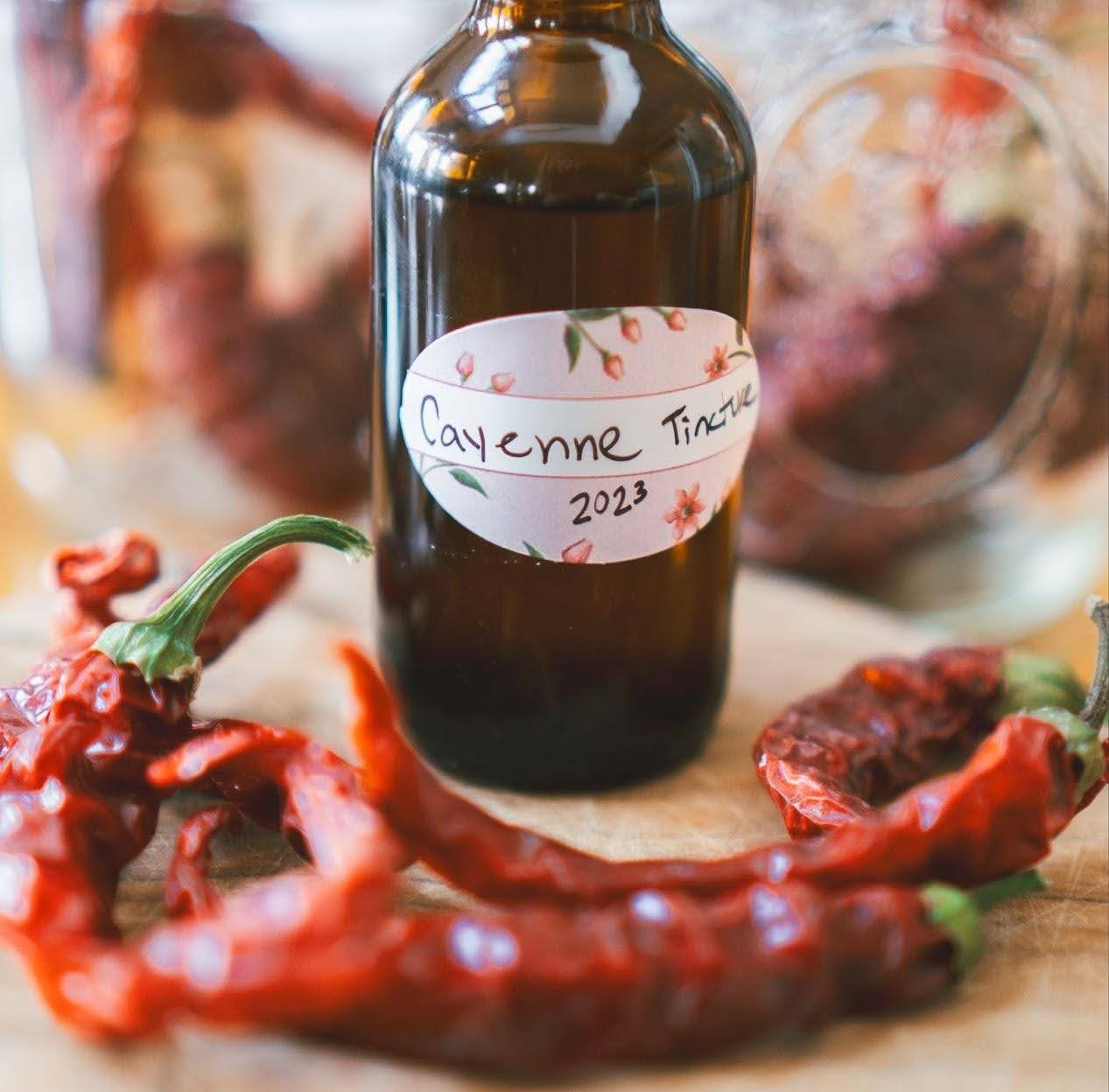
Recommended by Samantha
The easy-going cayenne is my pepper of choice. Hotter than jalapenos, and less spicy than habaneros, cayenne sits in the middle, with medium heat, and a lot of flavor. These bushy plants usually produce a lot of peppers which are perfect for drying. You can dry and grind up cayenne and use it to flavor just about any food. Like all hot peppers, cayenne is full of capsaicin, the component that gives peppers their heat. If you are looking to add more medicinal plants to your garden, cayenne is a great addition. Cayenne has been used as an herb by Native Americans for many years. Studies show that the capsaicin in cayenne may help soothe aches, enhance heart health, and more. So, if you want more capsaicin in your diet without a super intense burn, try growing some cayenne!
For educational purposes only and not to be considered medical advice. Please refer to your health care provider before using plants medicinally.
Thai chilies
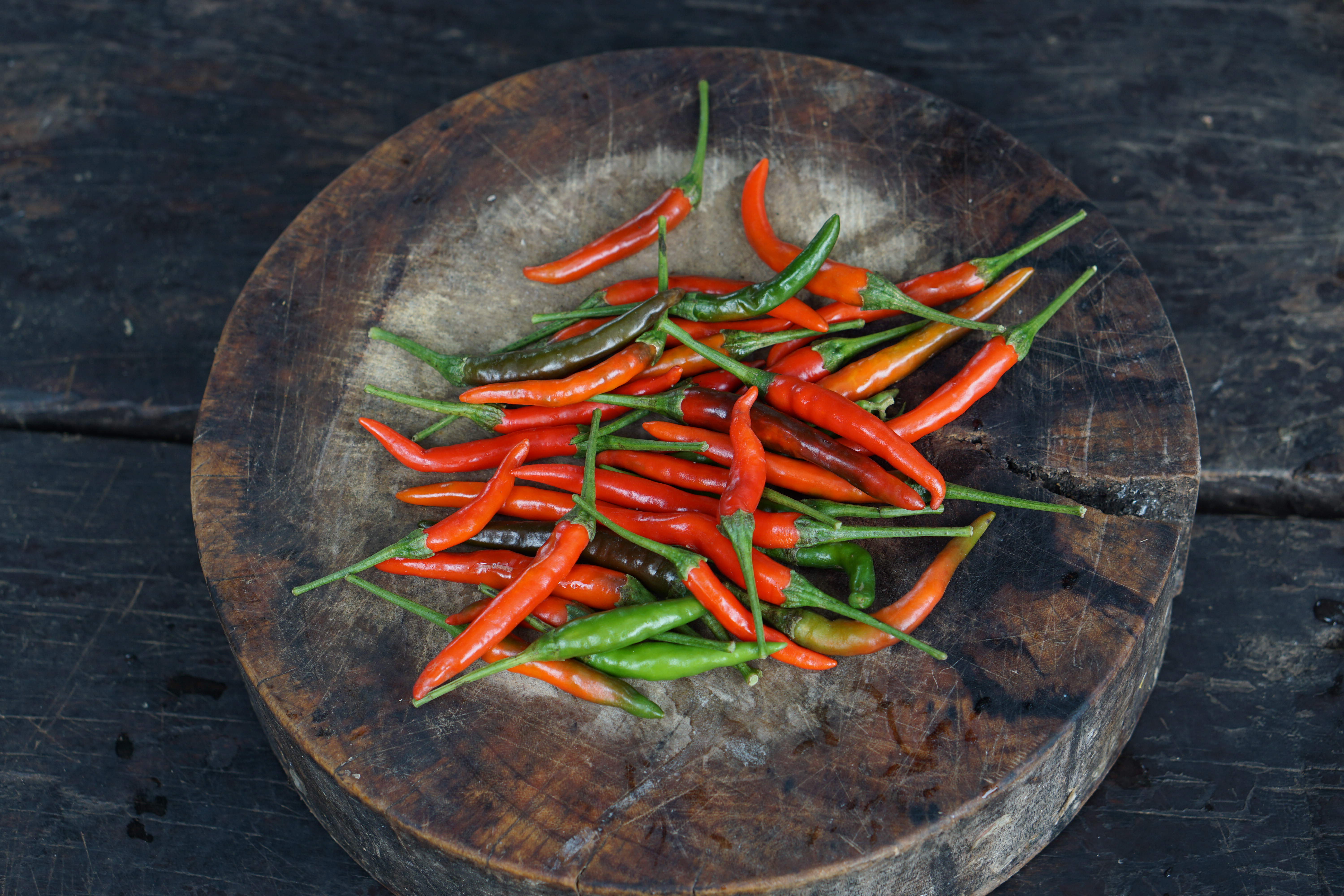
Recommended by Erin
Thai chili peppers are not one single variety of chili, but in general when we refer to Thai chilies we’re referring to a small chili pod with a fruity flavor and a substantial spicy punch! If you enjoy Asian-style cooking with a kick these are a must in the garden. One or two plants should easily be enough to provide a family with ample chiles for using fresh, freezing, or processing into chili sauce. The plants are compact and low-maintenance (and did we mention prolific?) which makes them excellent candidates for container-growing and overwintering!
Poblano (Ancho)
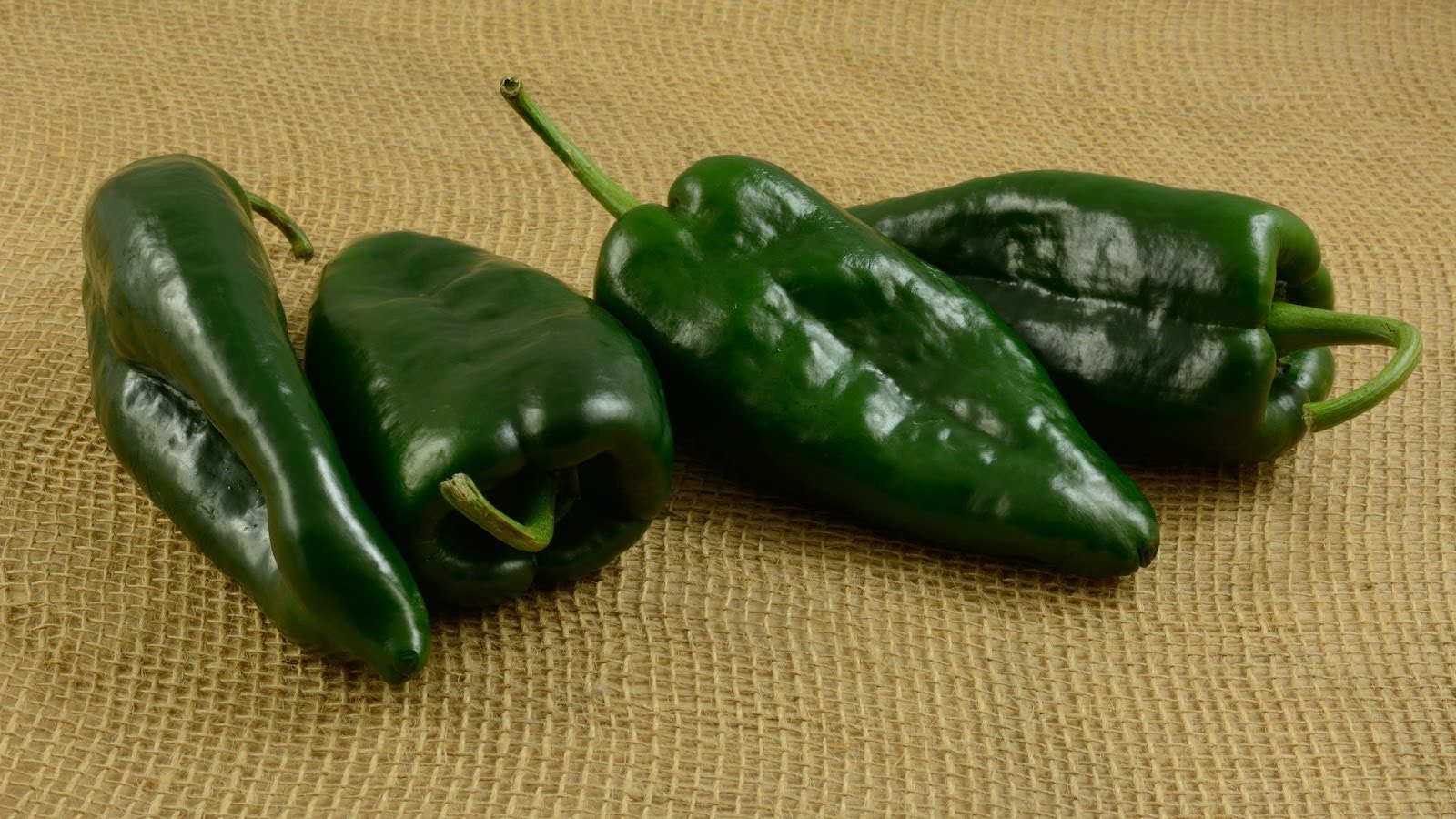
Recommended by Milan
What poblano peppers lack in heat, they more than make up in flavor. Especially when roasted in a cast iron skillet. The smoky taste adds dimension to your weeknight dishes. When used fresh they are referred to as poblano peppers but once dried they are referred to as ancho peppers. Poblano peppers thrive in warm weather and love full sun. Provide consistent watering, keeping the soil moist but not waterlogged. Harvest poblanos when they turn dark green and glossy. They usually mature in 60-80 days after transplanting.
Serrano
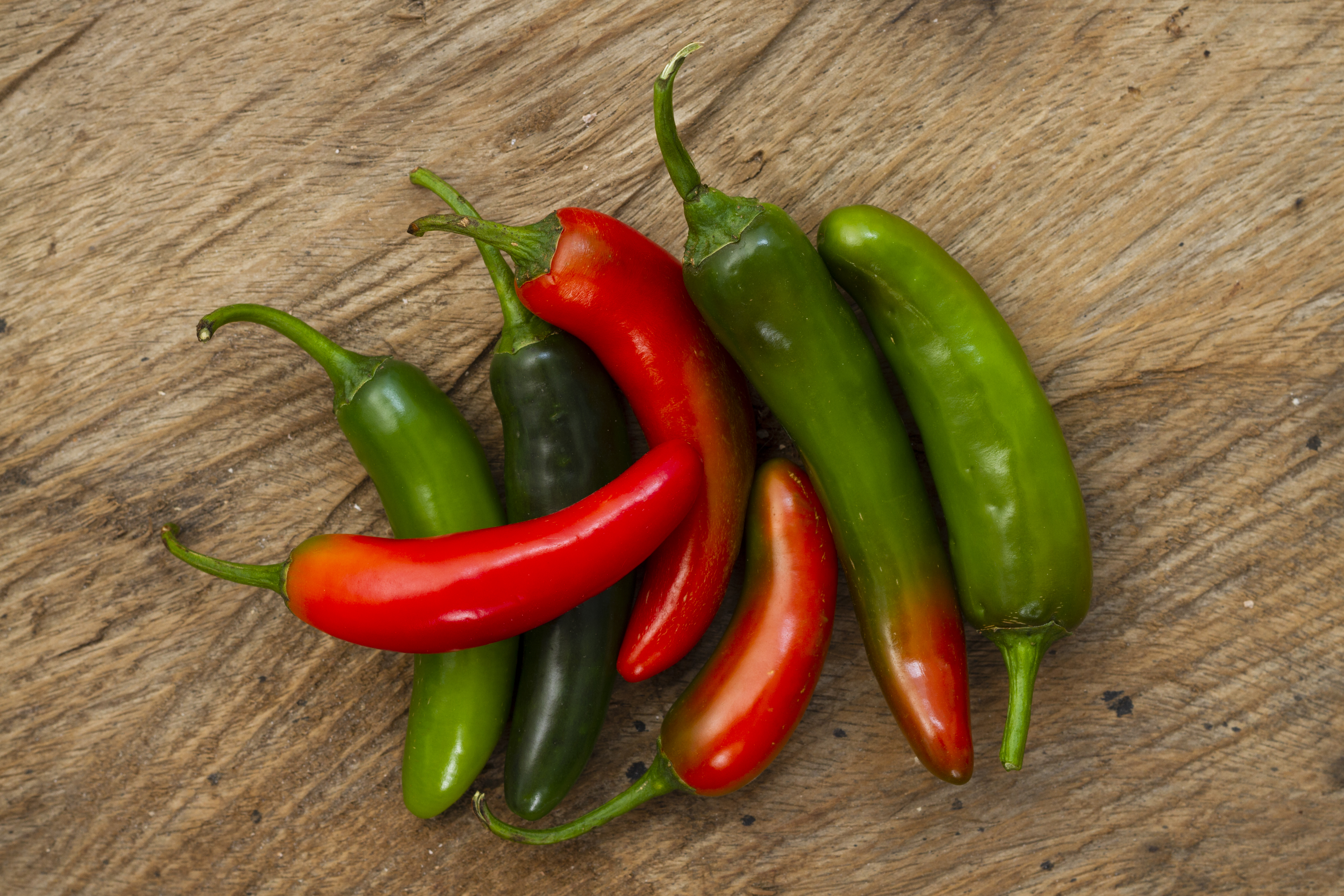
Recommended by Erin
Serranos might be slightly-lesser-known than jalapeños but they are favored in Mexican dishes because of their bright ‘green’ flavor and consistent heat levels. While serranos are hotter than jalapeños, jalapeños can pack an extra-hot punch every once in a while that can throw a surprise into your dishes if you’re not expecting it! In the kitchen you can use serranos in virtually any dish where you would consider using a jalapeño. If you’re looking for the flavor of a serrano but a less intense heat level you could remove some or all of the seed membranes. Serrano plants produce plenty of fruits so probably a few will do unless your family are real spice-heads!
Hungarian wax
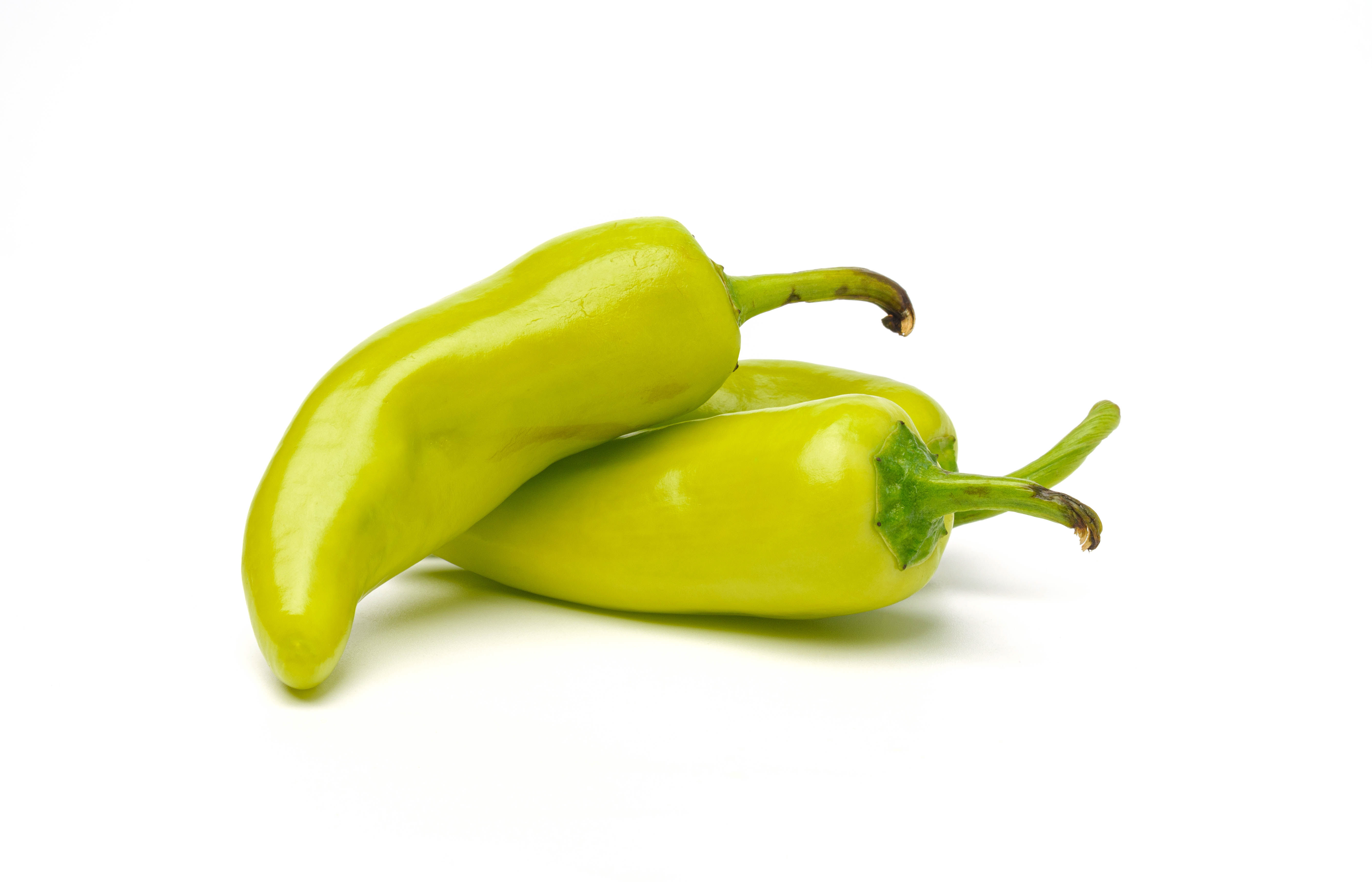
Recommended by Erin
Hungarian wax peppers are versatile, moderately-spicy peppers (although they do have a relatively wide range of heat levels). Wax peppers are often confused with banana peppers as they have a similar appearance, but banana peppers are milder and slightly more stout. Wax peppers start off as a pale yellow color then change to orange and red as they mature. It is common to harvest them once the fruits are fully sized but still pale yellow, but they can also be harvested at the orange and red stage. They can be used to add a spicy kick to many cooked and fresh dishes but my favorite way to prepare them is to pickle them and add them to sandwiches, pizzas, and salads.
If you’re branching out from these pepper picks and adding your own custom pepper varieties, you’ll find it easier than ever to find variety icons grouped by plant! Select one of the 34 existing pepper icons that most closely matches your custom pepper. (If you’re not sure how to create custom varieties, check out this how-to doc for step-by-step instructions.)
